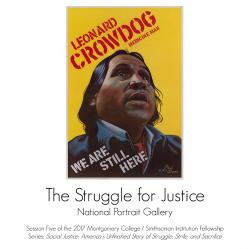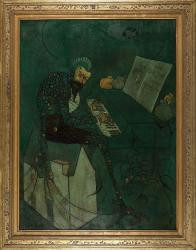Tess Porter
I'm the former User Experience Strategist at the Smithsonian Office of Educational Technology. Here, I focused on the use of digital museum resources to support teaching and learning. My work draws on my experience as a museum educator, digital analyst, usability researcher, and content designer. I hold a B.A. in Anthropology and a B.A. in Art History from University Colorado Boulder, and an M.S. in Museums and Digital Culture with an Advanced Certificate in User Experience from Pratt Institute.
Tess Porter's collections
Bracero Program: Step In, Step Out, Step Back
 Tess Porter
Tess Porter
Bob Dylan and Woody Guthrie: Teaching Resources
 Tess Porter
Tess Porter
Social Justice: National Museum of the American Indian Resources
 Tess Porter
Tess Porter
Suffrage Pin: Object Analysis
 Tess Porter
Tess Porter
Dong Kingman
 Tess Porter
Tess Porter
Bessie Smith: Examining Portraiture
 Tess Porter
Tess Porter
Investigating: Civil War Portraits
 Tess Porter
Tess Porter
Civil Rights Sculpture: Claim Support Question
 Tess Porter
Tess Porter
Dissolution of Native American Territory 1885-1905
 Tess Porter
Tess Porter
African American Artists and Ancient Greek Myth: Teacher's Guide
 Tess Porter
Tess Porter
Compare and Contrast: Personal Perspectives in Portraiture
 Tess Porter
Tess Porter
Flashcard Activity: Conflict, Identity, and Place in American Art
 Tess Porter
Tess Porter






